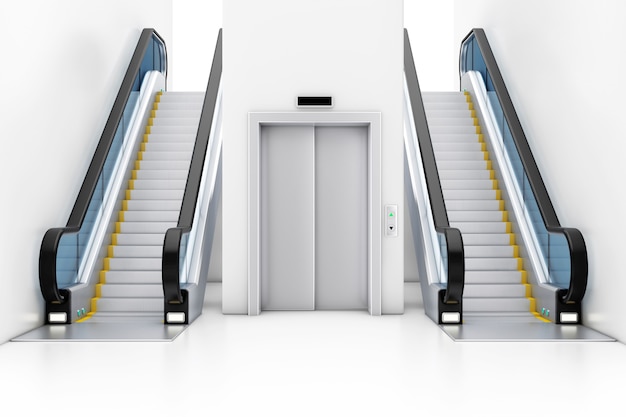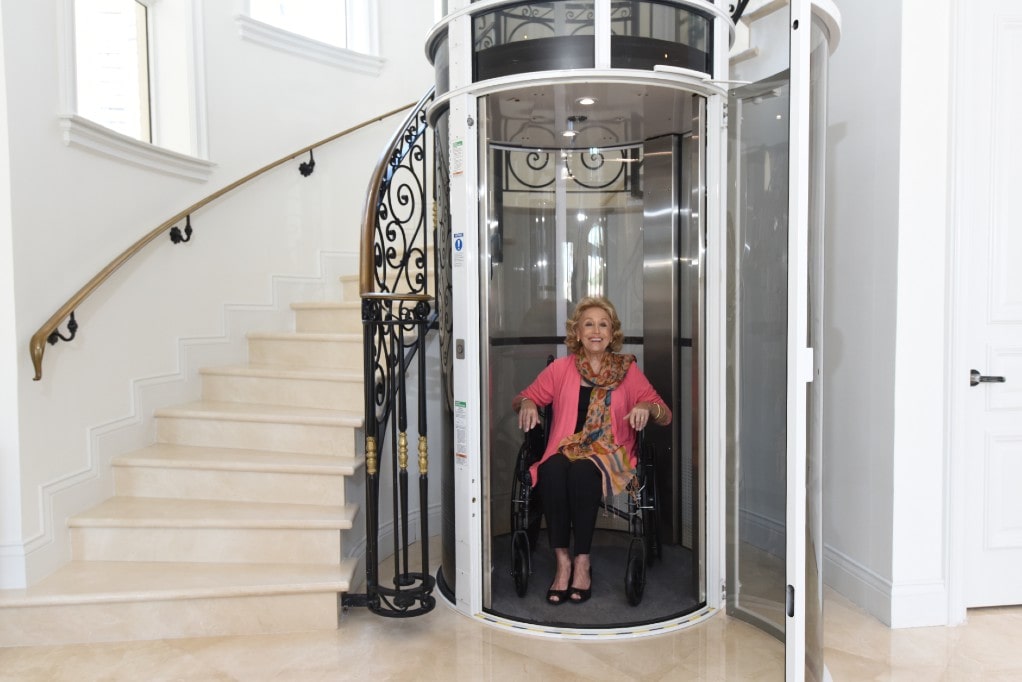Leading Lift Companies in London: Providing Exceptional Service and Assistance
Unwinding the Complexities of Lift Modern Technology: Troubleshooting Common Troubles Across Lift Versions
In the realm of lift modern technology, a myriad of ins and outs often exist under the surface area of what seems a simple mechanism. From slow-moving procedure concerns to peculiar sounds originating from the equipment, troubleshooting common troubles throughout numerous lift designs requires a keen eye for detail and an organized strategy - repair and maintenance services. As we start this journey to unwind the intricacies that can pester these essential gadgets, a deeper understanding of the internal workings and possible mistakes of lift technology is important. Keep tuned as we browse with the maze of lift malfunctions, seeking remedies to the enigmatic troubles that can interfere with the smooth functioning of these crucial apparatuses.
Determining Slow Operation Issues

Next, check the electrical connections to ensure that all components are effectively attached and operating. Defective wiring or loose links can cause slow down operation or full malfunction of the lift system. In addition, it is important to examine the control system to determine if the issue depends on the programs or sensing units.
If the aesthetic examination and electric checks do not reveal the origin of the sluggish operation, more analysis examinations might be essential. These might include pressure tests for hydraulic systems, voltage tests for electric components, or running analysis software for the control system. repair and maintenance services. By adhering to a methodical strategy to troubleshooting sluggish procedure problems, you can efficiently determine and resolve the trouble, ensuring the lift operates safely and efficiently
Resolving Weird Noises
To successfully repair lift modern technology for unusual sounds, a thorough evaluation of the lift parts following the identification of sluggish procedure problems is vital. Strange sounds in lifts can be a sign of underlying troubles that require timely attention to make sure the safety and reliability of the system. Common sources of strange noises in lifts include worn-out or misaligned sheaves, damaged motor bearings, loosened or busted suspension ropes, and malfunctioning control systems. When resolving weird sounds, it is important to perform a methodical assessment of these parts to identify the specific reason for the noise accurately. This may involve looking for any kind of noticeable signs of wear and tear, evaluating the functionality of electric motor bearings, tightening up loosened links, and lubricating moving components as required.
In addition, it is important to refer to the lift supplier's upkeep standards and seek aid from certified specialists when dealing with complicated lift elements or unfamiliar troubleshooting procedures. By quickly solving and attending to strange sounds underlying concerns, lift drivers can guarantee the optimum efficiency and security of the lift system for drivers and passengers.
Dealing With Faulty Control Problems
A reliable technique for addressing malfunctioning control troubles in lift innovation entails performing a detailed assessment of the control system's components and functionality. When encountering problems with lift controls, it is critical to first check for any type of loose connections, harmed wiring, or malfunctioning sensors. Validating that all control buttons, keypads, and displays are working correctly is likewise crucial in detecting the issue precisely.
If no noticeable issues appear, specialists should proceed to check the control panel for any kind of over here indicators of water damage, getting too hot, or corrosion, as these can commonly cause control breakdowns. Furthermore, resetting the control system or updating the software program might assist resolve certain glitches or insects causing the trouble.

Tackling Hydraulic System Malfunctions
The performance of hydraulic systems in lifts relies greatly on the correct performance of different elements within the system. When hydraulic systems breakdown in lifts, it can lead to operational disturbances and safety problems.
In addition, irregularities in hydraulic liquid degrees or unusual noises during lift operation might suggest underlying system malfunctions that need immediate interest to stop additional damage. Normal upkeep and prompt troubleshooting of hydraulic system issues are critical to making certain the efficient and safe procedure of lift modern technology.
Taking Care Of Electrical Element Failures
Addressing electric component failings in lift innovation demands a systematic method to identifying and solving issues to keep functional performance and security standards. When experiencing electrical issues in lift systems, it is crucial to first perform a read the article detailed assessment of the electric parts, consisting of control panels, wiring, sensors, and circuit boards. Any type of signs of damages, rust, loose connections, or charred aspects ought to be thoroughly noted and dealt with without delay to stop further problems.
In the situation of electric part failings, it is important to follow maker guidelines for troubleshooting and fixing treatments. This might involve checking the parts using multimeters, oscilloscopes, or various other analysis tools to pinpoint the exact resource of the breakdown. In addition, having a detailed understanding of the lift's electrical schematics and wiring layouts can assist in determining and rectifying problems successfully.
Routine maintenance and inspection schedules can assist avoid electric failures by identifying possible issues at an early stage. Appropriate training for lift service technicians on electric systems and elements is additionally important to make certain accurate medical diagnosis and effective resolution of electrical issues, inevitably adding to the overall safety and integrity of lift operations.
Final Thought
To conclude, troubleshooting lift innovation needs a systematic method to determine and resolve usual problems such as sluggish procedure, weird sounds, malfunctioning controls, hydraulic system malfunctions, and electric part failures. By understanding the intricacies of lift modern technology and adhering to proper troubleshooting steps, professionals can effectively resolve concerns and make certain the reliable and safe operation of lifts across numerous designs.
To effectively fix lift innovation for unusual sounds, a comprehensive evaluation of the lift parts following the recognition of slow-moving operation issues is vital. a fantastic read Strange noises in lifts can be a sign of underlying problems that require timely interest to make certain the safety and integrity of the system.An efficient strategy for addressing defective control troubles in lift technology involves conducting a detailed assessment of the control system's elements and performance.The performance of hydraulic systems in lifts depends heavily on the correct functioning of different components within the system. repair and maintenance services. When coming across electric issues in lift systems, it is critical to first conduct a detailed assessment of the electric components, including control panels, wiring, sensors, and circuit boards